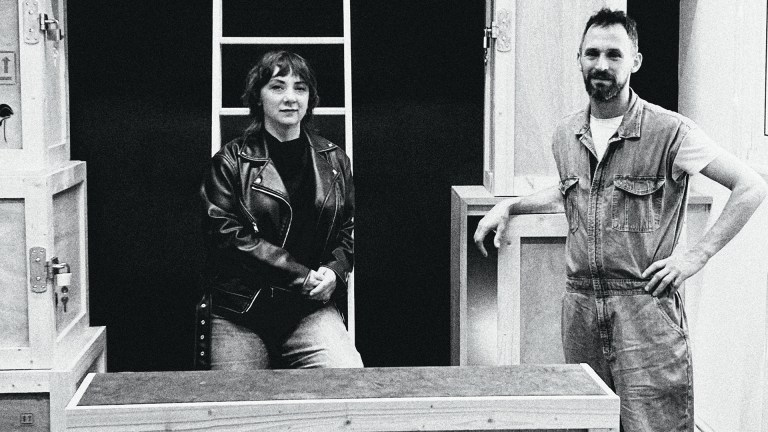Buckminster Fuller was such a charmer to me as I grew up. An American inventor, futurist and architect, he was best known for popularising the geodesic dome, building these enormous geometrical structures that involved nothing more than LEGO-making skills in putting them together. Vast cathedrals of space that could house a concert for thousands, depending on how big you built the fecking thing.
Walking passed a Notting Hill cul-de-sac (where the serial killer John Christie did his murdering) in the early hours one morning, I imagined a world transformed, a city full of Fuller’s domes. Large, temporary and capable of incorporating existing buildings, into which you could put dwellings to house hundreds of people. Light, vibrant and beautiful to look at, they could be transitional housing of a beautiful kind that could solve a housing crisis or two.
Fuller was asked three weeks before an Egyptian commercial fair if he could put up some enormous domes to house the US official exhibits. The US government only decided at the last moment to go to the expo, so Fuller was put on the back foot. But when asked about the hundreds of skilled people needed to construct the domes he said: “All I need are some truck drivers, the work is entirely unskilled.”
What a piece of genius. And what a chance to put houses up on land that, for instance, you could borrow for a while, and then could move on to somewhere else.
I often think there must be solutions to supposedly unsolvable problems. It might be a delusional thing. We do, of course, have a large housing shortage – with England needing three million new social homes by 2040, according to Shelter’s cross-party commission – and some kind of transitional housing would be useful to look at.
I’m not advocating a permanent refugee-ism here. Rather, good-quality, well-designed housing that takes into account that you don’t have to build a house to last a hundred years. Let’s get out of the debris of the current shortage by a vast increase in high-quality transitional housing.









